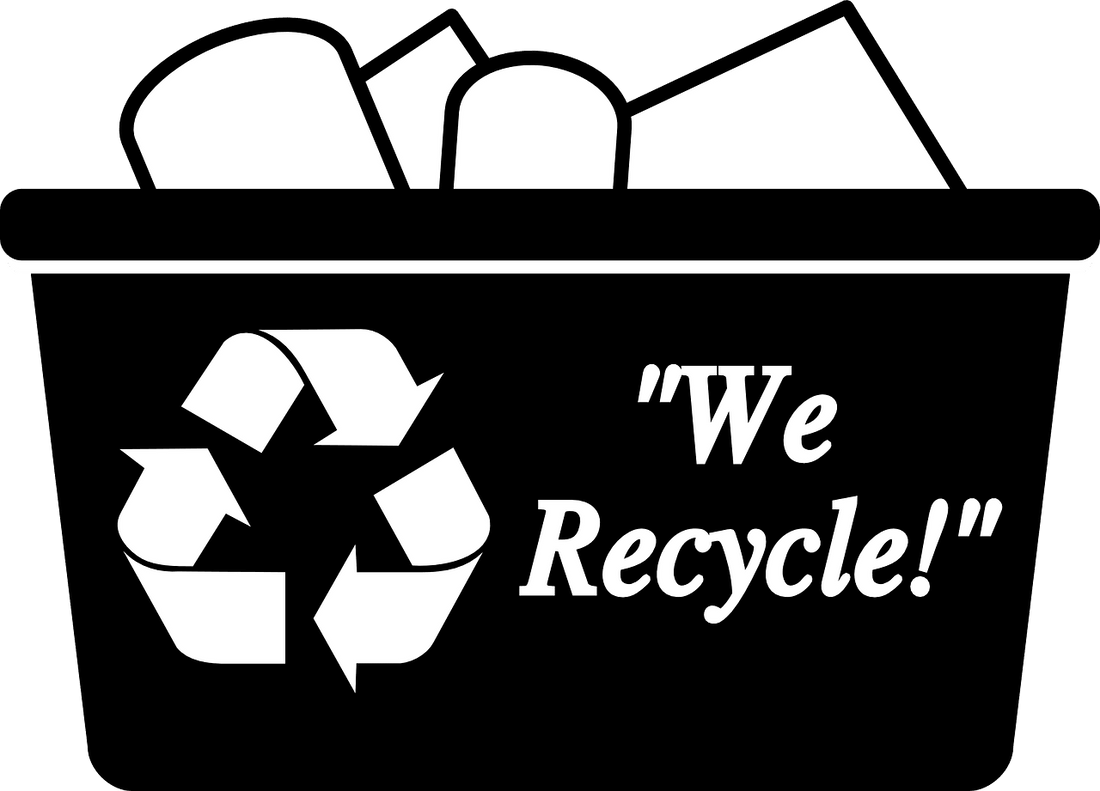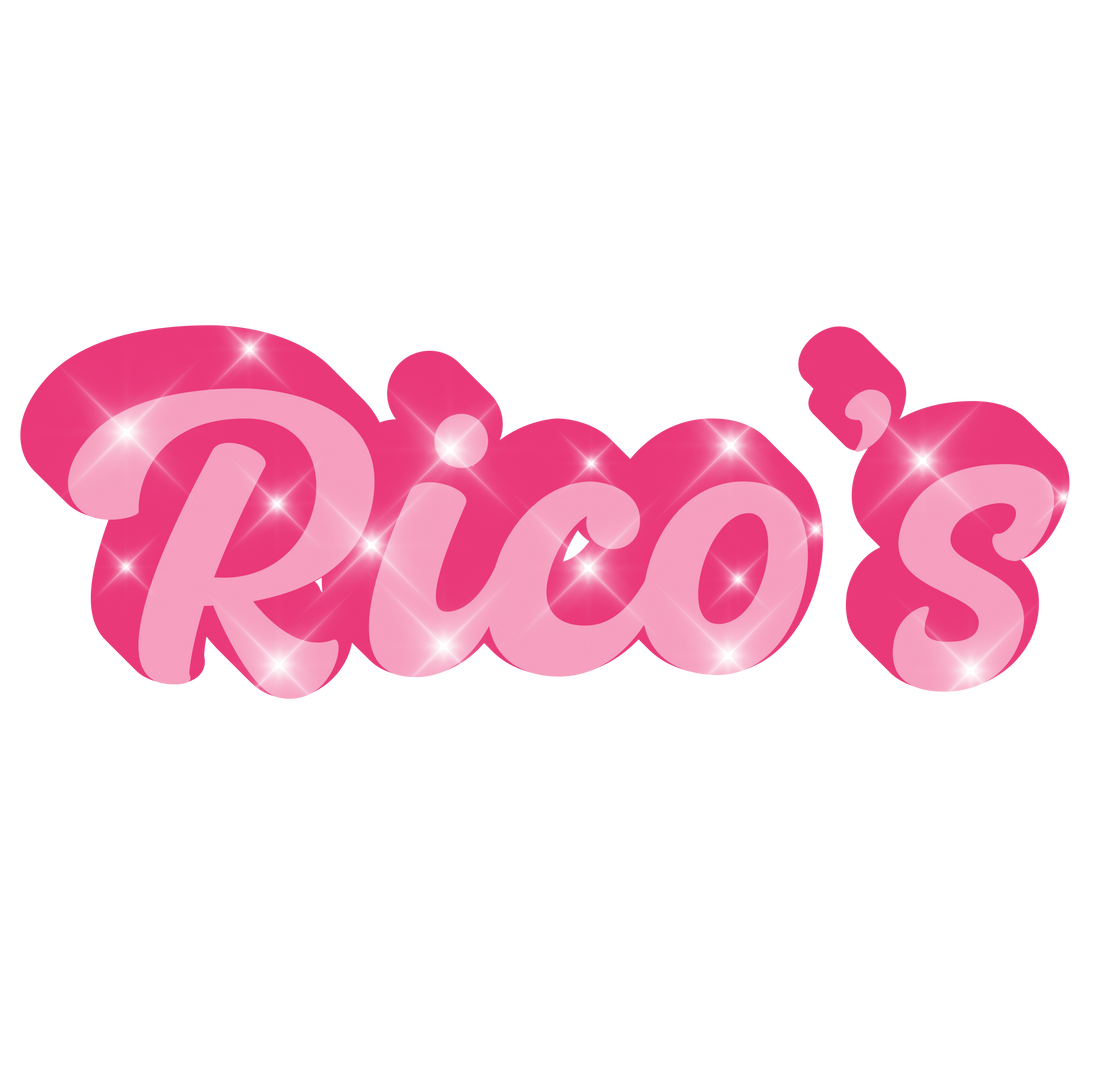
Green Living
Breaking Down the Cost of Eco-Friendly Products: Why They Tend to Be Pricier Than Conventional Alternatives
Breaking Down the Cost of Eco-Friendly Products: Why They Tend to Be Pricier Than Conventional Alternatives
Eco-friendly products have become increasingly popular in recent years as more people become aware of the impact that their consumption habits can have on the environment. However, one major barrier that prevents many people from making the switch to eco-friendly products is the higher price tag that often comes with them. In this post, we will explore the reasons why eco-friendly products are usually more expensive than normal products, and provide some specific examples to illustrate this point.
- Production costs
Eco-friendly products are typically produced using sustainable and environmentally-friendly materials and methods. For example, organic cotton is often used in eco-friendly clothing because it is grown without the use of harmful chemicals and pesticides. However, this type of cotton is more expensive to grow and harvest than conventional cotton, which is often treated with pesticides and other chemicals to increase yield. Similarly, producing eco-friendly products such as reusable bags or containers requires specialized equipment and production processes, which can drive up the cost of production.
- Smaller market size
Compared to conventional products, the market for eco-friendly products is still relatively small. This means that companies that produce these products often have to charge higher prices to make up for the lower volume of sales. Additionally, many eco-friendly products are produced by smaller companies that don't have the same economies of scale as larger companies, which can also contribute to higher prices.
- Certification and regulation costs
To be considered eco-friendly, many products must meet certain certifications and regulations. These certifications and regulations can be costly to obtain and maintain, and these costs are often passed on to the consumer. For example, the Forest Stewardship Council (FSC) certification, which ensures that wood products are sourced from sustainably managed forests, can add significant cost to the production of furniture and other wood products.
Examples:
- Eco-friendly cleaning products
Eco-friendly cleaning products such as Method and Seventh Generation are often more expensive than conventional cleaning products. This is because they are produced using environmentally-friendly ingredients and packaging, and often come in smaller quantities than conventional cleaning products. For example, a 32-ounce bottle of Method All-Purpose Cleaner costs around $3.99, while a 32-ounce bottle of Lysol All-Purpose Cleaner costs around $2.49.
- Organic food
Organic food is often more expensive than conventionally-grown food. This is because organic farming methods are typically more labor-intensive and require more expensive inputs such as organic fertilizers and pesticides. For example, a pound of organic apples can cost around $2.99, while conventionally-grown apples cost around $1.49 per pound.
- Sustainable fashion
Eco-friendly clothing is often more expensive than conventional clothing. This is because it is produced using sustainable materials and methods, which can be more expensive to produce. For example, a pair of Levi's 501 jeans made from conventional cotton can cost around $60, while a pair of Levi's 501 jeans made from organic cotton can cost around $100.
In conclusion, while eco-friendly products are often more expensive than normal products, there are valid reasons for this price differential. Higher production costs, smaller market size, and certification and regulation costs all contribute to the higher prices of eco-friendly products. However, it's important to remember that making the switch to eco-friendly products can have a positive impact on the environment, and the long-term benefits can outweigh the initial cost.






